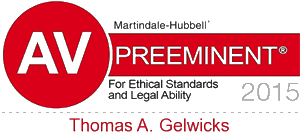Evidence Presentation and Lawyer Credibility
A common failure of inexperienced Cincinnati car accident lawyers is exaggerating the evidence. It is generally true that “facts can’t speak for themselves.” At the same time, they don’t stretch – facts lack elasticity. However, in the pressure of litigation combat, many lawyers oversell what the facts truly represent, irrespective of who is hearing the case in the Cincinnati courtroom. What feels right at the time, in an adrenalin rush, can inflict wholesale damage on the plaintiff’s otherwise solid car accident case. The trier of fact – arbitration, mediation, judge or jury – can be relied upon to receive the facts for what they are.
Once the exaggeration line has been crossed, credibility is gone. And if opposing counsel is sharp, they will use it against you as they would a stiletto blade. What is true for spouses is equally true with attorneys. Once credibility is impaired, regaining it is difficult if possible.

